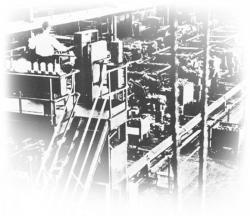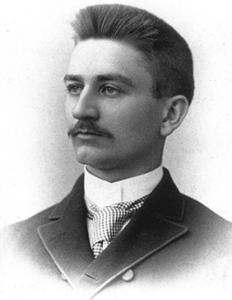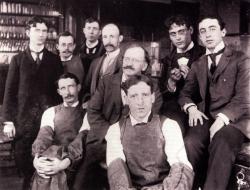In brilliant collaboration, Carl and Gerty Cori studied how the body metabolizes glucose and advanced the understanding of how the body produces and stores energy. Their findings were particularly useful in the development of treatments for diabetes. In 1947 the Coris shared a Nobel Prize for their discoveries.
The plaque commemorating the event reads:










